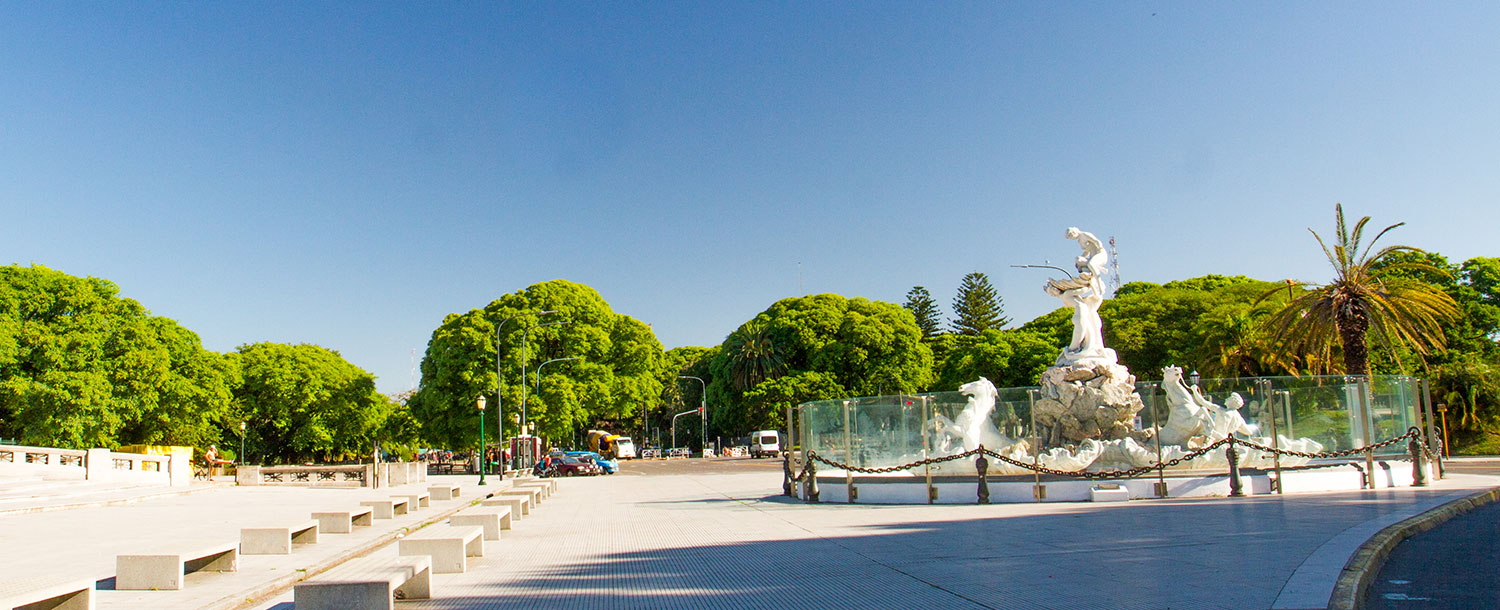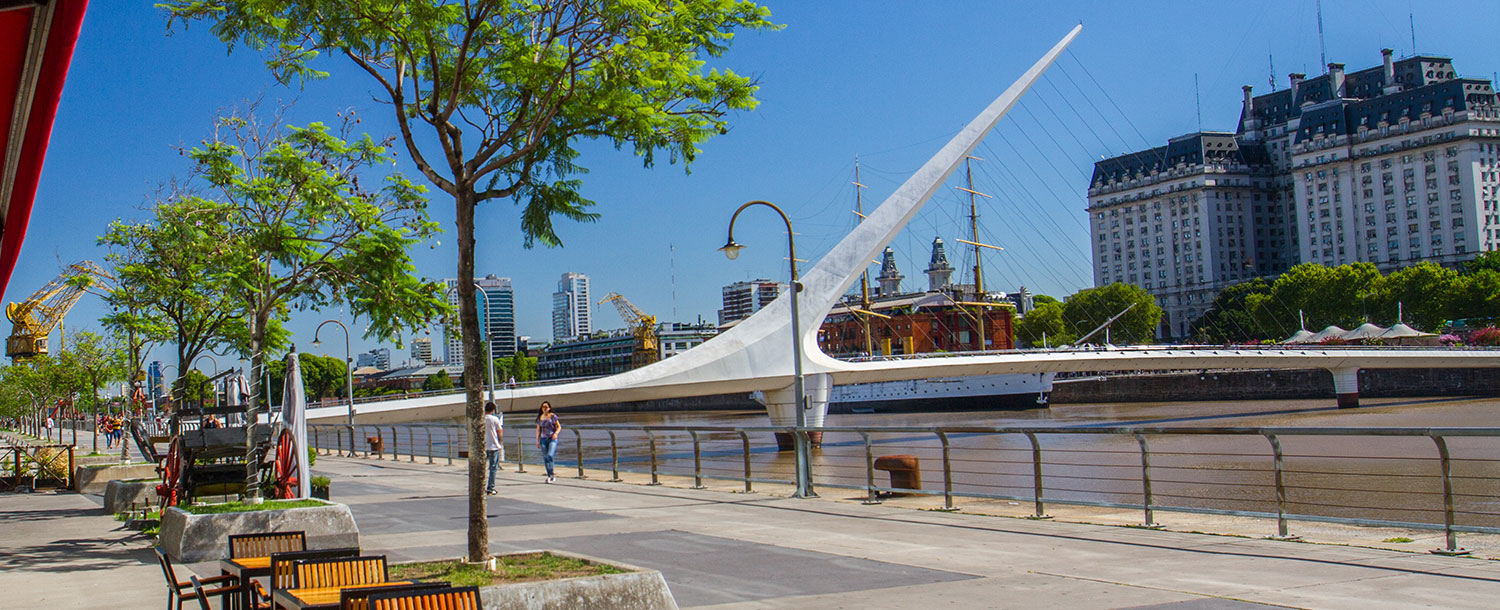The Women of Puerto Madero
Exploring a neighbourhood that pays tribute to some extraordinary women
There many sides to what is one of Buenos Aires’ newest neighbourhoods - the success story of modern regeneration, the historic legacy of the working port. Another is it’s quiet homage to women. The neighbourhood pays tribute to many Argentine and South American women in its streets, parks, and many attractions - the neighbourhood’s official day is even March 8, International Women’s Day. Time to explore and find out more about these women and their neighbourhood.
Streets that redress the balance
Starting out in Dock 4, the first road we come across is named Olga Cossettini after a teacher that revolutionised education in Argentina, and soon we’ll discover that almost all the streets in this neighbourhood are named after women - the result of a law passed in 1995 to redress the gender imbalance in Buenos Aires’ street nomenclature, and so we can discover the stories of more than 20 heroines that made an impact on Argentina’s development.
Very different women
At this northernmost corner of Puerto Madero while musing over the contributions of Cossettini, we come across the legacy of a very different women. The Amalia Lacroze de Fortabat Art Collection is home to the hugely valuable art collection amassed by the heiress, businesswoman and philanthropist whose name it bears. This powerful woman built up one of the most important private art collections in South America.
Running parallel to Olga Cossettini, is a street named after Juana Manso, who was an important Argentine writer, journalist and teacher, and a pioneer of feminism at home as well as in other countries where she spent time. It’s fitting then that her street runs alongside the Parque Mujeres Argentinas, or the Argentine Women’s Park, a great place to relax and take a break in the heart of the city’s financial district, surrounded by a mix of luxury skyscrapers and regenerated red-brick warehouses from the old port.
Another singular Argentine woman sits watching through her spectacles from a cobbled sidewalk nearby. Tia Vicenta was a much-loved, and very radical, comicstrip character created by the artist known as Landrú - radical because in the magazine in which she featured, she often made political references that were banned during Argentina’s military dictatorships.
A controversial fountain
Slightly further south, a route that pays homage to another great Argentine educator - Rosario Vera Peñaloza - will take you through another park, this one named after Micaela Bastidas, a pioneering indigenous woman who fought against Spanish colonial rule in South America. On the other side of the park is the entrance to the Ecological Reserve. and right in front of it is one of the city’s most stunning, and for a long time controversial, monuments.
The Nereids Fountain, now more than 100 years old, still looks fresh today and still makes an impact at the entrance to the nature reserve, but when it was inaugurated it was revolutionary. Its creator, Argentina’s hugely talented female sculptor Lola Mora, provoked criticism from conservative society for portraying the naked female form, and the sculpture was moved from its original location in the Plaza de Mayo owing to the complaints. Little did the authorities know when they hid it out here, that decades later it would be part of one of the city’s most exclusive neighbourhoods, marking the entrance to one of the world’s largest urban nature reserves.
The centrepiece
Heading back from the park and taking Azucena Villaflor, a street named after an important human rights activist and one of the founders of the Mothers of the Plaza de Mayo, if we then head back north, we’ll soon reach Puerto Madero´s most famous landmark, the Puente de la Mujer, or Women’s Bridge.
Just opposite the immense bridge, and dwarfed by its proportions, you can find a small sculpture of Anne Frank. It’s a touching juxtaposition, one woman small in physical stature beside a monument to women’s strength. Many of the streets and sights in Puerto Madero represent women who showed great courage, in many cases having to resist the social norms of their times, giving another intriguing aspect to the history and present of this neighbourhood.

